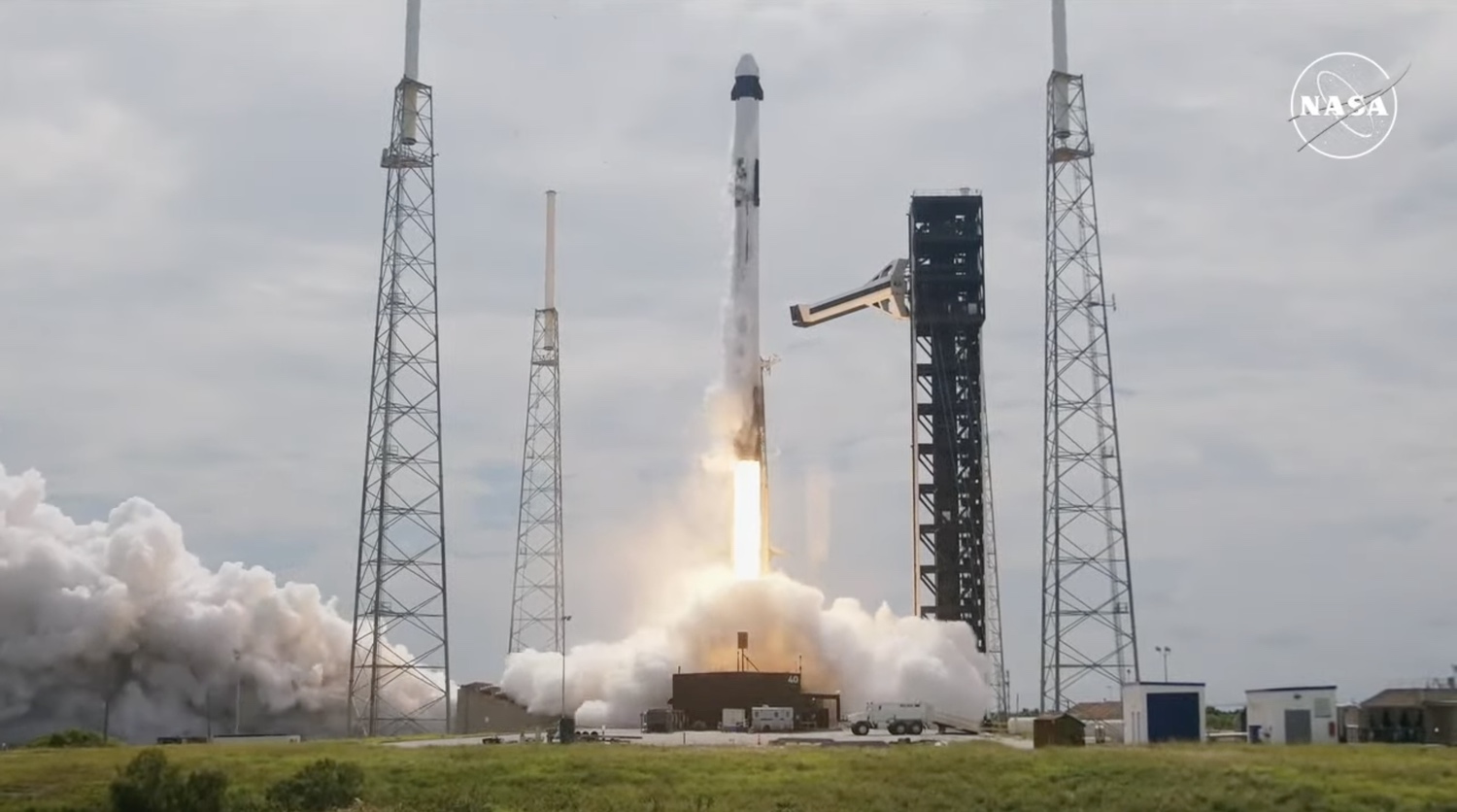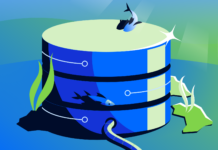NASA and Roscosmos Collaboration: Falcon 9’s Historic Launch
A significant milestone in space exploration was achieved on September 28th when a Falcon 9 rocket launched from Space Launch Complex (SLC) 04 at Cape Canaveral Space Force Station in Florida. This mission, marking the first crewed launch from this historic pad, transported NASA astronaut Nick Hague and Russian cosmonaut Aleksandr Gorbunov to the International Space Station (ISS). Scheduled to dock around 5:30 p.m. Eastern on September 29th, the Crew Dragon spacecraft named Freedom carried the duo on this crucial mission.
Expedition 72: A New Chapter in Space Exploration
The Crew-9 mission is an integral part of Expedition 72, with Hague and Gorbunov set to spend approximately five months aboard the ISS. This mission comes on the heels of a significant crew reshuffle just a month prior, where NASA decided to remove astronauts Zena Cardman and Stephanie Wilson from the flight. Consequently, NASA astronauts Suni Williams and Butch Wilmore, who traveled to the ISS on Boeing’s CST-100 Starliner in June, will occupy the vacated seats for their return journey. This rearrangement was due to concerns about the Starliner’s reaction control system thrusters, prompting NASA to opt for an uncrewed return of the Starliner.
Cardman was initially slated to command Crew-9, but NASA chose to retain Hague, who was the pilot, due to his prior flight experience. Ken Bowersox, associate administrator for space operations, explained that the flight operations directorate made this decision after evaluating the crew’s skillset. He acknowledged the close nature of the decision but emphasized the compatibility between Hague and Gorbunov’s skill sets.
Adapting to Last-Minute Changes
Both Hague and Gorbunov were commended for their adaptability in undergoing last-minute training modifications to operate the spacecraft. Additionally, Cardman and Wilson were praised for their professionalism and understanding in being reassigned. Cardman expressed her continued support for Hague and Gorbunov, highlighting the collaborative spirit of the mission despite not participating in the launch herself.
The Crew Dragon spacecraft also carried essential cargo, including a Dragon-compatible pressure suit for Wilmore, ensuring he and Williams can return safely when the Crew-9 mission concludes in early 2025.
Clarifying the Crew-9 Mission
Despite the adjustments made to accommodate Wilmore and Williams’ return, NASA officials refrained from labeling Crew-9 as a “rescue” mission. Steve Stich, NASA’s commercial crew program manager, emphasized that the mission remains a standard crew rotation, albeit with two crewmembers already aboard the ISS ahead of schedule.
First Crewed Launch from SLC-40: A Historic Event
The Crew-9 mission is notable for being the first crewed launch from SLC-40, a pad with a rich history dating back to the 1960s. SpaceX has launched 15 crewed missions, including eight ISS crew rotation missions, the Demo-2 test flight for NASA, three private astronaut missions for Axiom Space, and the Inspiration4 and Polaris Dawn private missions. However, all previous missions launched from Launch Complex 39A (LC-39A) at the Kennedy Space Center.
At NASA’s request, SpaceX began constructing a crew tower at SLC-40 two years ago to ensure a backup option in case LC-39A became unavailable. LC-39A is frequently used for other Falcon 9 missions and the Falcon Heavy, and SpaceX also plans to launch its Starship vehicle from this facility.
NASA’s decision to use SLC-40 for Crew-9 was influenced by preparations at LC-39A for the Falcon Heavy launch of NASA’s Europa Clipper mission, scheduled for as early as October 10th. The certification process for SLC-40 was completed during the flight readiness review for Crew-9, confirming its readiness for crewed launches.
Enhancements and Challenges at SLC-40
Bill Gerstenmaier, SpaceX’s vice president of build and flight reliability, noted that the crew facilities at SLC-40 are similar to those at LC-39A, with only minor modifications based on lessons learned from previous missions. One notable difference is the crew escape system at SLC-40, which uses chutes for emergency evacuation instead of the wire-mounted baskets at LC-39A. This system is believed to be more effective for crew safety in emergencies.
Despite these preparations, some unexpected challenges arose during the pad’s use. During a static-fire test of the booster on September 24th, winds blew soot from the rocket plume back onto the spacecraft, necessitating additional cleaning and repainting efforts to ensure the Dragon spacecraft’s proper operation in orbit. This issue had not been encountered at LC-39A due to its longer flame trench and its northern orientation, compared to the eastward orientation and prevailing winds at SLC-40. NASA and SpaceX will review this situation to prevent similar occurrences in future missions from SLC-40.
Looking Ahead
The Crew-9 mission represents a significant step forward in international collaboration, space exploration, and the continual advancements in space travel technology. This mission not only underscores the importance of adaptability and teamwork but also highlights the ongoing commitment to safety and innovation by both NASA and SpaceX. As Hague and Gorbunov embark on their five-month journey aboard the ISS, the world watches in anticipation, inspired by the relentless pursuit of knowledge and exploration that drives these missions.
For more Information, Refer to this article.


































